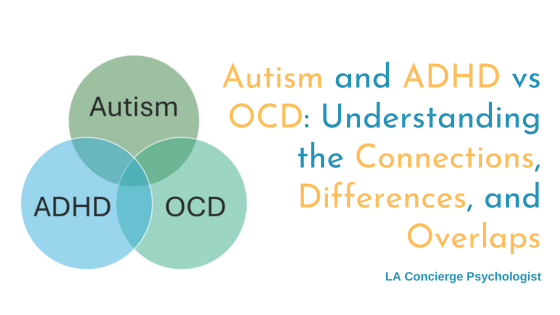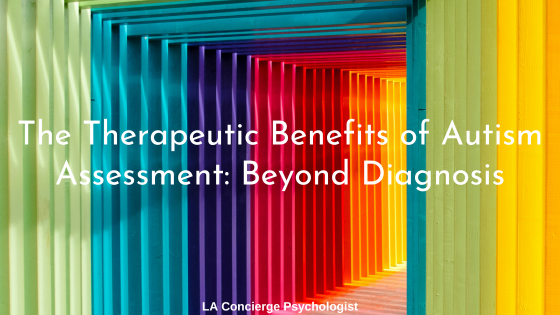This post describes what autistic burnout is and how long it lasts. It is is the first in a two-part series on this topic. For information on how to avoid and manage autistic burnout, stay tuned for Part 2. It is slated for publication next month here on our blog.
For autistic adults, everyday tasks such as shopping for groceries, paying bills, and responding to text messages can consume a lot of energy. Individuals who go to school or hold down a job experience even more emotionally draining pressure. They must navigate professional relationships and attempt to juggle packed schedules. The older you get, the more energy-draining responsibilities you seem to have.
Adulting isn’t easy for anyone. If you’re autistic, shouldering life’s demands is even more complicated. Trying to balance your health, relationships, and professional goals in a world designed for allistic (non-autistic) people is no small task. Environments are overstimulating, timelines are short, and authority figures are too often dismissive of autistic strengths and needs. If any of this sounds familiar, you can probably imagine why an experience called autistic burnout is so common in adults today.
What is autistic burnout?
Autistic burnout is a state of physical, mental, and/or emotional exhaustion that reduces an autistic person’s ability to cope with stressors, sensory input, and responsibilities. It makes it harder (or near impossible) for a person to navigate and succeed in a neurotypically-oriented world. For those who feel the need to mask, autistic burnout takes away the ability to do so.
Autistic burnout in adults seems to come on suddenly (and with little provocation) from the perspective of outside observers. What these observers can’t see, however, is the underlying accumulation of stress it actually takes to bring someone to their breaking point.
It is not the weight of one stressor but that of many over time that brings someone to the burnout point. If you’re autistic, perhaps you’re already aware of this. Early in life, you may have discovered coping mechanisms that carried you through grade school or high school. As you grew older, the addition of a new school, job, relationship, home/apartment, or other life change may have caused your responsibilities to exceed your internal resources. Unless you were able to get relief by increasing self-care, setting new boundaries, seeking accommodations, or getting some other kind of support, this imbalance might have set you on the road toward burnout.
How do you know if you are in a state of autistic burnout? You may lack motivation and find yourself withdrawing from social settings more often than you used to. Emotions may be harder to regulate. Even if you try your hardest to pass as allistic at school or work, you may find yourself stimming or avoiding eye contact. You may also be missing deadlines, getting easily annoyed with people, or experiencing symptoms of anxiety. Many of our clients report becoming non-speaking when they’re in an acute state of autistic burnout. They engage in sensory deprivation for days and avoid all social interactions, even with their loved ones.
Is there a link between autistic burnout and regression?
If you’re familiar with the concept of regression, you may be wondering if autistic burnout can cause it. If not, let us give you a quick introduction to the concept.
Autistic regression is the (debunked) theory that there are two kinds of autism: one type that is inherent (inborn) and one that develops in early childhood, typically around two years of age. Children with regressive autism supposedly show average developmental progress until they are around 19 months old. Afterwards, their social and communication skills regress to a previous stage.
Some people apply the term regression to autistic burnout since burned-out individuals seem to lack social, communication, and coping skills they previously had. There are several problems with this line of thinking. For one, the idea that autism can come and go at different stages of life has become increasingly dubious.[i] Secondly, referring to an adult’s autistic traits as “regression” mischaracterizes how burnout actually works. A person’s skills aren’t lost during burnout; they simply lack the internal resources to apply those skills.
Rather than being viewed as a form of regression, autistic burnout should be recognized as a protective adaptation or coping mechanism. Have you ever noticed that when you eat poorly, sleep too little, etc. that you sometimes catch a cold? Autistic burnout is kind of like that. It forces you to take time to rest and recuperate, but you can expect a full recovery of your energy and abilities.
How long does autistic burnout last?
Because burnout is associated with an accumulation of stressors, it takes time to get to the burnout point. In some cases, autistic adults know weeks or months in advance that they are close to reaching it, especially if they have burned out in the past.
Some psychologists define autistic burnout as “chronic.” That means that, once someone burns out, their symptoms tend to persist for at least several months.[ii] Many of our clients experience acute burnout. This means they experience intense burnout symptoms for a shorter period (usually several days). Some autism bloggers and other community members have reported periods of burnout lasting years. Others say they repeat this cycle—from high functioning to burnout and back again—every few years.
Because burnout can occur repeatedly and last for such a long time, many autistic adults have experienced a range of unfortunate real-life consequences. These include physical decline, the development of mental health difficulties (including suicidal ideation), relationship deterioration, job loss, school withdrawal, and decreasing independence.
Autistic burnout in adults is best avoided, but it’s perfectly normal and okay if you’re already burned out. By shoring up your internal resources and decreasing the demands and expectations you’re under, you may be able to accelerate your recovery. You can also avoid future instances of burnout. We’ll provide advice about this in the second part of this series next month.
If you’re wondering how to manage autistic burnout or other uniquely autistic experiences, then working with a neurodiversity-affirmative adult autism therapist can help. Book a free 20 minute consultation call with Dr. Priscilla Barajas or Dr. Jenifer Goldman to see how they can help.



